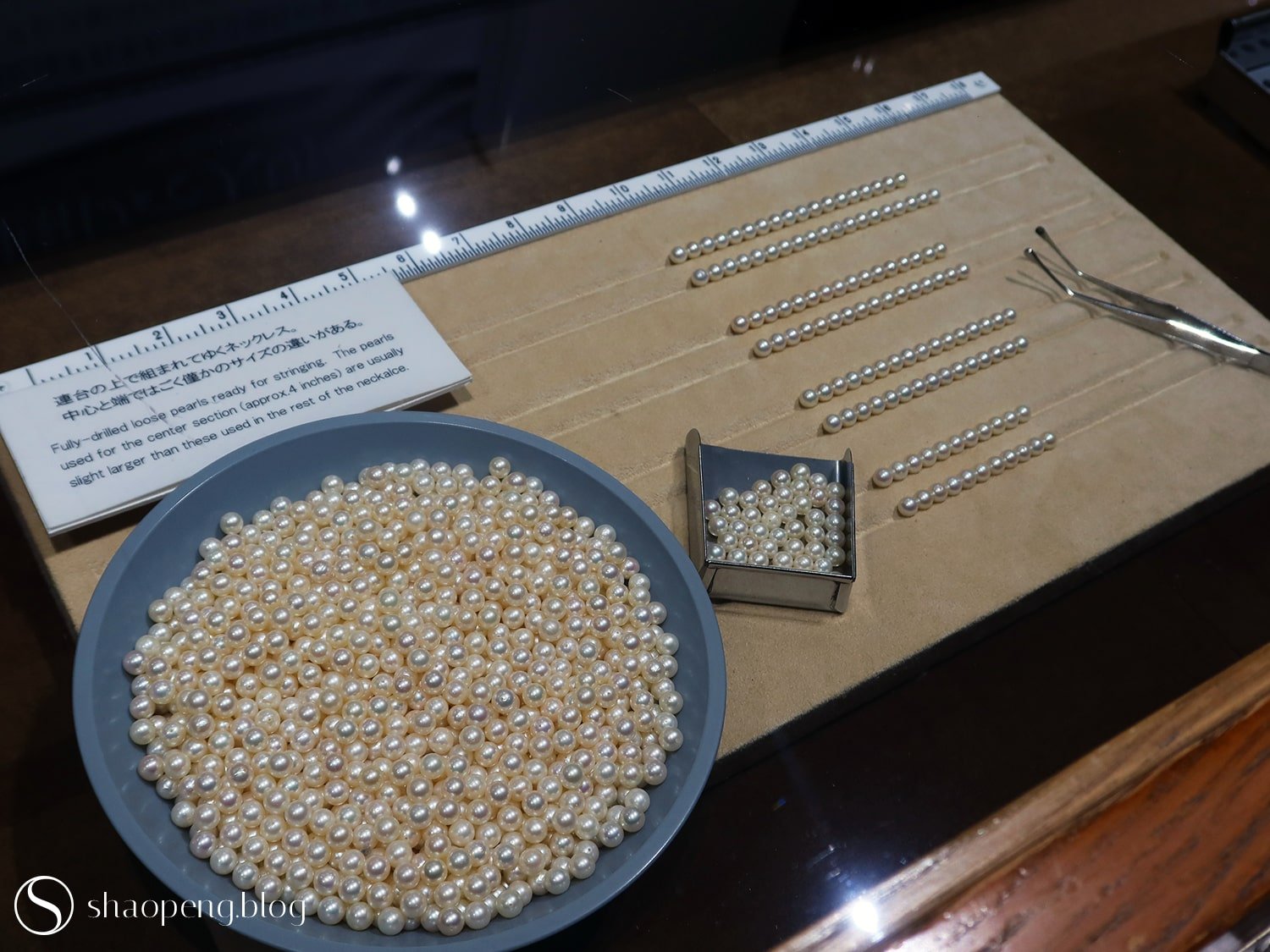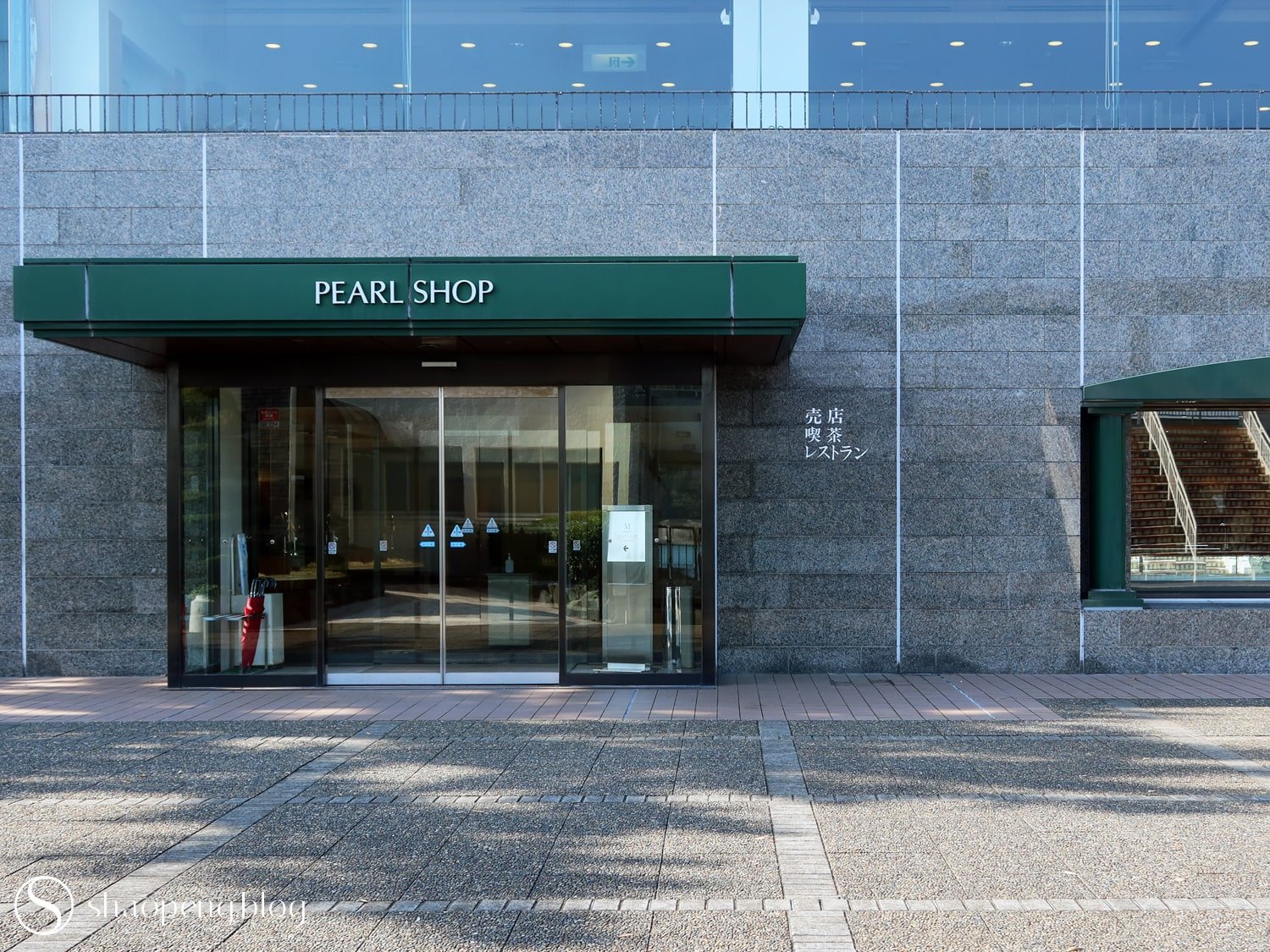Seeking Pearl-fection at Mikimoto Pearl Island
Embark on a quest for “pearl-fection” at Mikimoto Pearl Island, where the pursuit of perfection meets flawless, round pearls, discovering the craftsmanship and elegance that define this unique ocean-born jewels.
Sense of Wander: ★★★★★
This jeweled globe, boasting a diametre of 330 millimetres and adorned with 18,774 pearls, serves as a tribute to Kokichi Mikimoto, a world traveller with a passion for globes.
TOBA, Japan — For centuries, the beauty of pearls have captured men’s imagination.
Pliny the Elder (circa 23-79), a Roman naturalist and philosopher, dedicated a section of his encyclopedic work Naturalis Historia (“Natural History”) to pearls, describing it as the “most precious” and unique gemstones. Highlighting their connection to the sea, Pliny explained that pearls were the product of a combination of elements from the sea, such as rainwater, moonlight, and the natural juices of shellfish. He marveled at the exquisite beauty of pearls, attributing their value to their rarity and the laborious process of retrieving them from the depths of the ocean.
With its origin shrouded in mystery, these lustrous jewels have been revered across cultures, becoming symbols of purity, beauty, power, and prestige. From the opulent courts of ancient civilisations to adorning the regalia of kings and queens, pearls have graced history’s most illustrious figures, establishing themselves as the epitome of sophistication.
Indeed, the rarity and allure of natural pearls have left an indelible mark on history, particularly the history of adornments. But it was the visionary efforts of Kokichi Mikimoto (1858-1954) — credited with pioneering the first cultured pearl — that revolutionised the pearl industry.
A black-and-white photograph captures Kokichi Mikimoto with a strand of exceptionally high-quality pearls known as “Taisho-ren,” meaning “Big Boss’ string of pearls.”
Mikimoto and His Persuit of “Pearl-fection”
Born as the eldest son of a noodle restaurant owner, Kokichi Mikimoto was captivated by the allure of pearls and their scarcity. In a time when natural pearls were a highly sought-after luxury, their rarity placed them beyond the grasp of many.
During the early Meiji period (1868-1912), overfishing in the Shima region led to a decline in the number of pearl oysters. Driven by a desire to make pearls more accessible and reduce dependence on the unpredictable supply of natural pearls, Mikimoto dedicated himself to pearl cultivation around 1887.
“Mikimoto not only reshaped our perception of pearls but also showcased the potential of human ingenuity in preserving the inherent beauty of nature.”
Through years of trial and error, Mikimoto developed a groundbreaking method. He carefully implanted a foreign substance called a nucleus into oysters, stimulating them to coat it with layers of nacre — the iridescent substance that bestows natural pearls with their beauty. Through experimentation and technique refinement, Mikimoto gave birth to his first cultured pearls in 1893. His pioneering work would go on to reshape not only Japan’s pearl industry but also leave an enduring impact on the global stage.
“Taisho-ren,” or “Big Boss’ string of pearls,” comprises 49 pearls, all collected by Kokichi Mikimoto over a decade. The largest pearl, measuring 14 millimetres in diameter, proudly occupies the central position.
Mikimoto’s cultured pearls not only democratised access to these exquisite jewels but also revolutionised the industry, providing a sustainable and reliable supply. Internationally acclaimed for their beauty and top-notch quality, Mikimoto's pearls challenged the notion that only natural pearls possessed true value.
Visiting the Mikimoto Pearl Island
For jewelry connoisseurs, a trip to Japan remains incomplete without a visit to the Mikimoto Pearl Island. During my recent stay in Japan, I embarked on a special pilgrimage to Mikimoto Pearl Island in Toba, nestled just a stone’s throw away from the Grand Shrine of Ise in Mie Prefecture.
After purchasing tickets at the ticket office, visitors cross a bridge to reach Mikimoto Pearl Island in Toba.
This stone slab, inscribed with the words “Island of Pearls,” warmly welcomes visitors setting foot on Mikimoto Pearl Island.
Designed by Seibo Kitamura, this statue of Kokichi Mikimoto was gifted by the pearl cultivators and women divers of Ise-Shima on November 25, 1953, as a tribute to their admiration admiration for Mikimoto.
Mikimoto Pearl Island offers plenty of things to see. Foremost, I would suggest exploring the Pearl Museum, where visitors are immersed in the mesmerising process of pearl formation. Gain insights into the variations in colour, size, and shape while discovering the unique qualities associated with pearls from different origins. Additionally, delve into the intricate details of pearl production and their distribution.
Pearl cultivation proves to be a challenging and intricate process, demanding considerable patience. From the hatching of mother oysters to the eventual pearl harvest, the journey spans approximately five years. Winter is the preferred season for harvesting, as lower water temperatures prompt the oysters to produce exceptionally fine nacre. Notably, nearly 50% of the mother oysters face a significant toll during the insertion operation. Among the surviving 50%: 17% yield poor-quality pearls, 23% produce good-quality pearls, and a mere 5% achieve the coveted “handama” status as the finest quality pearls.










In addition to exploring the historical and scientific aspects, visitors have the unique opportunity to witness the significant role pearls played in jewellery, spanning from the Roman (circa 27 BC – 476 AD) and Byzantine Empires (330-1453) and extending into the modern era. On top of that, exquisite jewelry pieces sold by Mikimoto Jewellery are also featured, inviting admiration.
In my view, the pinnacle of the Mikimoto Pearl Island experience surpasses the informative exhibits or showcased jewellery; it lies in the performance of the ama — skilled women divers trained in the tradition of pearl collection. The show runs every half an hour, featuring three women dressed in white, gracefully diving into the water to retrieve oyster shells. One of their wrists is attached by a rope to a wooden bucket, floating on the water as they dive beneath the sea. This wooden bucket serves as a container for the obtained oysters.
An exhibition stand to observe the performance of women divers at Mikimoto Pearl Island, occurring every hour.
One of the women divers can be seen submerging underwater to retrieve mother oysters using the traditional method.
With one wrist attached to a wooden basket by a rope, women divers would place the mother oysters they've collected in the basket, which remains afloat on the water surface.
An exhibition stand to observe the performance of women divers at Mikimoto Pearl Island, occurring every hour.
Before leaving Mikimoto Pearl Island, check out their shop offering a variety of pearl jewellery, from everyday wear to opulent strands of high-quality pearl necklaces available for purchase. Treat yourself to a souvenir because today, the name “Mikimoto” is more than a brand; it embodies the visionary spirit of Kokichi Mikimoto, the force behind the world’s first cultured pearl — a rare innovation in the history of jewellery.
Mikimoto's legacy persists today, and thanks to this pioneer, cultured pearls have become synonymous with unparalleled elegance and sophistication. Mikimoto not only reshaped our perception of pearls but also showcased the potential of human ingenuity in preserving the inherent beauty of nature.
Yaguruma, meaning “wheel of arrows,” is a versatile adornment that can be worn in 12 different ways by joining or removing parts according to the desired outcome. The centre of this Yaguruma sash clip is adorned with an 8.75mm pearl. This extraordinary piece was exhibited at the World Exposition in Paris in 1937 and created a sensation.
Before leaving Mikimoto Pearl Island, be sure to indulge in a jewelled souvenir for yourself.
The Pearl Museum houses a small library with an extensive collection of books on pearls.
Tips for wanderers — Mikimoto Pearl Island is easily accessible by train, approximately 3 hours from Osaka, 2 hours from Kyoto, and Nagoya. For the fastest route, I recommend the Kintetsu rail from Nagoya station.
Upon reaching Toba station, follow the signs for “Mikimoto Pearl Museum,” a less than 10-minute walk away. Don’t miss the opportunity to bask in the sun and savour the calming sounds of the ocean as you take your leisurely stroll along the coastline!
Reference:
Mikimoto Pearl Island, Co., Ltd. (1998) Pearl Museum: Human Involvement with Pearls Through the Ages (4th ed.). Mikimoto Pearl Island, Co., Ltd.












